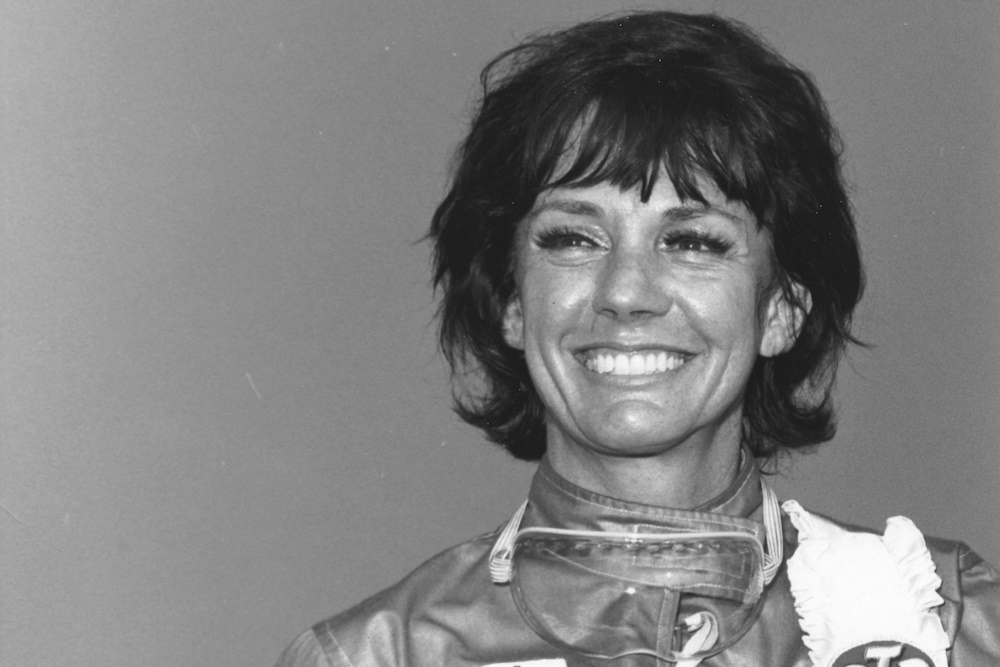Paula Murphy was a record-setting race car driver in the 1960s and ‘70s, the first woman to speed across the Bonneville Salt Flats in Utah in a jet-engine car.
- Died: December 21, 2023 (Who else died on December 21?)
- Details of death: Died after a period of declining health at an assisted living facility in Prescott, Arizona, at the age of 95.
- We invite you to share condolences for Paula Murphy in our Guest Book.
Paula Murphy’s legacy
Murphy began racing before she was old enough to drive. As a child growing up in Ohio, she took part in competitive speedskating, sailing, and even equestrian sports. After graduating from the University of Cincinnati with a degree in physical education and health, she began working in human resources for General Electric and eventually married a coworker, Dan Murphy. They moved to California for Dan’s aerospace engineering career, but divorced after less than a decade of marriage, leaving Murphy to raise their young son on her own.
Murphy was introduced to car racing by some friends from work, and while she was less than impressed with the sport as a spectator, her opinion flipped completely once she got behind the wheel herself. In the late 1950s, she began driving road courses in southern California and by the early 1960s, she was making a name for herself by racking up first and second place wins on drag strips.
Her big break came after a call from Bill Dredge, the automotive editor for the L.A. Times, asking if Murphy was interested in setting some cross-country driving speed records. Murphy then partnered with her racing colleague, Barbara Nieland, to drive a Studebaker Avanti for the Ford Transcontinental Speed record – together, they set a total of four transcontinental speed records.
In 1964, Murphy became the first woman to drive a jet-engine car across the Bonneville Salt Flats in Utah, the site of many historic land speed records. The cockpit of the 10,000 horsepower, J-46 jet-powered “Avenger” was so large that Murphy needed a pillow behind her back for her feet to reach the pedals, leaving her head above the rim of the cockpit to bear the brunt of 243.44 mph of force. What followed was more than a decade of setting records and breaking barriers for women in racing, including becoming the first woman to drive a car solo at speed on the Indianapolis Motor Speedway, and the first woman to obtain a fuel funny car license from the National Hot Rod Association.
In 1973, Murphy was driving a rocket-powered car at 300 mph on the Sonoma Raceway in northern California, when the parachute tore off and the car vaulted off the track 70 feet into the air. The accident broke Murphy’s neck but she survived and continued racing until she retired in the late 1970s. She later became a buyer for the rocket engine company Rocketdyne.
Murphy on the appeal of racing
“It’s kind of a pioneer spirit. And I get a thrill from the speed. It’s the idea of being in control of this big machine.” —from a 1964 interview for the Akron Beacon Journal
Full obituary: The New York Times
